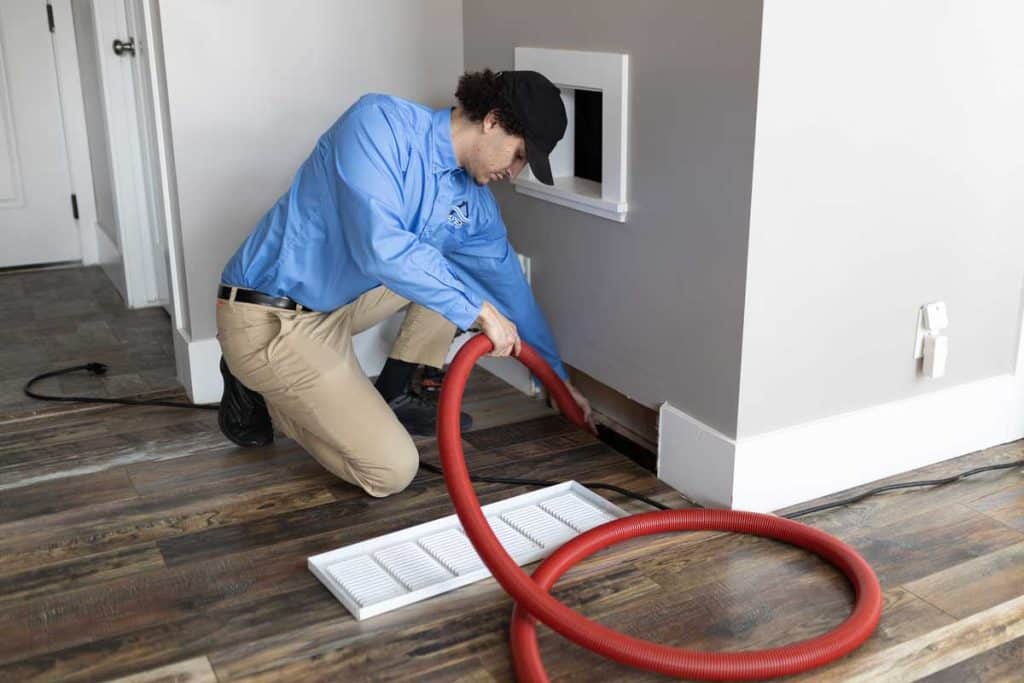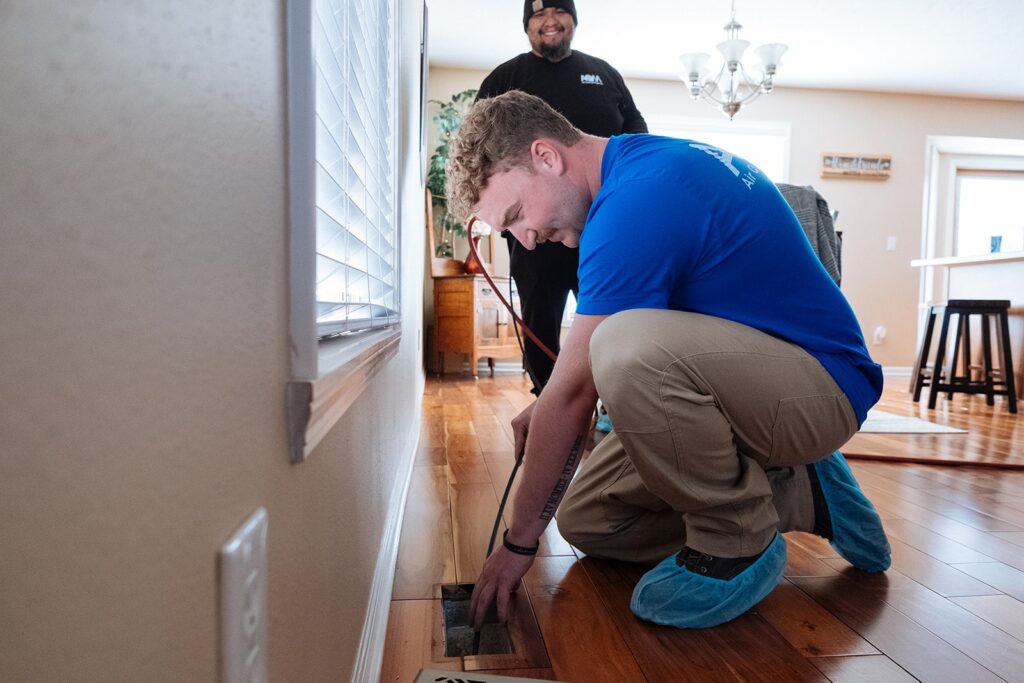In the quest for cleaner and healthier indoor air, many homeowners and business owners find themselves debating between duct fogging vs ozone treatments. These methods are popular choices for improving air quality, but which one is truly more effective? This article will explore the intricacies of both techniques, helping you make an informed decision for your space.

Understanding Duct Fogging
Duct fogging is a process where a disinfectant solution is transformed into a fog, allowing it to penetrate and sanitize the entire duct system. This method is highly effective in eliminating mold, bacteria, and other allergens that may be lurking in your air ducts.
How Does Duct Fogging Work?
The fogging process involves using a specialized machine that disperses a fine mist of sanitizing solution throughout the ductwork. This ensures that every nook and cranny is treated, providing a comprehensive clean.
Benefits of Duct Fogging
- Targets mold and bacteria directly
- Improves overall air quality
- Reduces allergens
For more on the benefits of duct fogging, you can check out duct sanitizing and indoor air quality.
Exploring Ozone Treatment
Ozone treatment is another technique used to improve air quality by releasing ozone gas into the air ducts. This gas kills bacteria, viruses, and other pollutants by oxidizing them.
How Does Ozone Treatment Work?
An ozone generator is used to produce ozone gas, which is then circulated through the duct system. The ozone reacts with pollutants, neutralizing them effectively.
Benefits of Ozone Treatment
- Eliminates strong odors
- Neutralizes viruses and bacteria
- Purifies air by oxidation
For details on how ozone treatment works, you might visit how air duct cleaning works.
Duct Fogging vs Ozone: A Comparative Analysis
When comparing duct fogging vs ozone, it’s important to consider the specific needs of your home or business. Both methods have their advantages, but they also have limitations.
Effectiveness in Allergen Removal
Duct fogging is particularly effective in removing allergens as it directly targets mold and bacteria. On the other hand, ozone treatment is better suited for eliminating odors.
Safety Considerations
Duct fogging uses EPA-approved disinfectants, making it a safer option for immediate re-entry. In contrast, ozone treatment requires that the area be vacated during treatment due to the potential respiratory irritations.
Cost Implications
The cost of duct fogging can vary depending on the size of the ductwork and the severity of the contamination. Ozone treatment might be less expensive but could require multiple sessions for optimal results.
Choosing the Right Method
Your choice between duct fogging vs ozone should be based on specific needs such as allergen sensitivity, budget constraints, and the primary issues affecting air quality in your space.
For guidance on selecting a service, consider reading how to choose a duct sanitizing company.
Conclusion: Making an Informed Decision
Both duct fogging and ozone treatment offer unique benefits for enhancing air quality. By understanding the characteristics and effects of each method, you can select the one that best aligns with your needs and circumstances.

FAQ
Is duct fogging safe for all types of duct systems?
Yes, duct fogging is generally safe for all types of duct systems as long as it is performed by a professional using approved disinfectants.
Can ozone treatment be harmful?
While effective, ozone treatment can be harmful if not managed properly. It’s crucial to ensure that the area is vacated during treatment to avoid respiratory irritation.
Which method is more cost-effective?
The cost-effectiveness depends on your specific needs. Duct fogging might have higher upfront costs but offers comprehensive cleaning, while ozone treatment could require multiple sessions.
This article contains affiliate links. We may earn a commission at no extra cost to you.